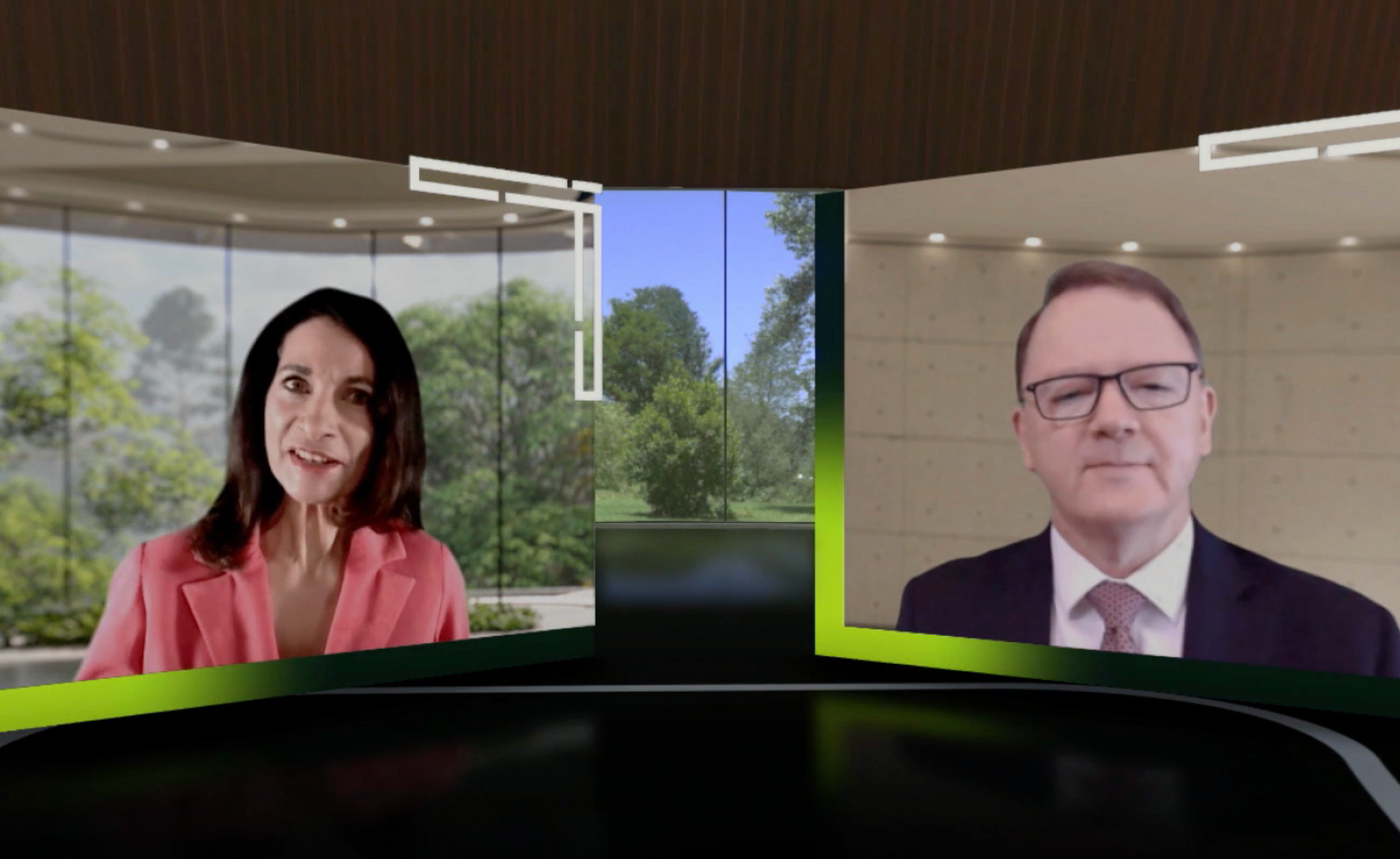A dialogue with Peter Coleman, CEO, Woodside
Featuring
Enough of the denial. Let’s get on with it. Let’s do it in a sensible way, though, let’s not go make silly decisions just because it’s popular.
I’d like to start with Woodside’s ambitious commitments to be net zero for carbon emissions by 2050. What’s the strategy? That’s a big ask, isn’t it?
I think it’s a big ask for all of us in industry, but we’ve got to take on our individual responsibilities and Woodside is taking ours very seriously. So we reviewed our carbon commitments at the back end of 2019, and decided we actually needed to step them up.
Between now and 2025, it’s really offsetting the reservoir emissions in our business. We can do that in a couple of ways. One is just simply through continued efficiency gains in our plants. We’ve achieved an 8% efficiency gain over the last five years. We’re going to double down on that and add another 5%. We’re just simply getting better at what we do. The rest of it will then be starting to put offsets in place.
There’s been a big turn away from gas in Europe. Do you see the future for gas in Asia, as the biggest economies of China, Japan, and South Korea make their ambitious pledges to a net zero future?
Yes we do. Europe is going to struggle to turn away from gas as quickly as it thinks it can. That’s just the reality around the size of renewable projects that are currently in the world. Even last year, during the height of COVID and the disruptions, LNG grew 2% globally and it grew just under 4% in Asia. And some of those Asian nations, particularly China, had almost double-digit growth. The reality is, those nations know that their pathway to their climate commitments means that gas is going to be an important part of that for them. So that’s where we’re focused, on ensuring that we actually help our customers in their transition.
And I think the way we can help our customers is to think about the products we make. At the moment, we’re very singular in what we do. We basically produce gas. There’s not a lot of value-add. More and more customers are now asking us how do you value add to that? How do you change it into a form that for us, as a customer, we don’t have emissions? I think we, as a seller of the product or developer of the product, need to really start to work with customers to see how we can solve this.
You also mentioned new energy and Woodside, under your leadership, has made a big bet on hydrogen. Tell us more about that.
If you think about the way we’re making the business resilient or sustainable to the impacts of climate change, it’s your existing business which creates today’s value. We’re looking and saying, how do we actually make that climate sustainable into the future? And part of that is looking at creating our own carbon sinks, and you can do that in a couple of ways. In the first instance, we’ve chosen to do that through growing trees. Then we’ll move on to other things. At some point in the not too distant future we’ll also include carbon capture or CCUS, and those technologies are advancing to the point where they’ll be attractive in a few years for us to be able to deploy.
We then say, what are the new businesses for us and what are we good at, we’ve looked at solar. Australia’s full of solar, but it doesn’t go anywhere. We don’t have a large population base so there’s a limited amount you can do in solar. Similarly, in wind. There’s a lot of wind in Australia, but in remote places and nowhere near the existing transmission systems. So, from a domestic point of view, they are very difficult business models for us to make sustainable at scale. We then look and say, what do we actually do? We’re an exporter. Hydrogen fits nicely into that because hydrogen, when you think about what you do with hydrogen, how you need to handle it, transport it, and the markets that it goes to, fits well within both sides, our existing competencies and capabilities and the existing markets.
And we’ve got a couple of projects underway. One is with the Japanese JERA. We have an MOU with them around exploring the use of ammonia in coal-fired power stations in Japan. And that would be a large project, 1.5 tons per year. And there’ll be some R&D work undertaken in Japan this year to actually see whether it delivers the outcomes that JERA is hoping for with respect to its coal-fired power stations. The second one is green hydrogen, and that’s pure hydrogen in liquid form. We’ve just signed an MOU with the Tasmanian government to export marketing competitions. Tasmania, as many people may know is off the southeast coast of Australia, and is blessed with an abundance of hydro power. And of course, that’s what we’re targeting. So we’ll start a pilot project. Hopefully we’ll go to FID later this year. And that pilot project then is targeted to the transportation market within Tasmania.
We still think it will be 2030 before hydrogen at scale will be available. And we think each market segment will be different—that transport will go at a different pace than industrials and power generation and so forth. And each one of those markets has a different market-variable price point, so it’s a long journey. It’s a big change. But we’ve started the journey, and we know where we want to get to.
I’d like to hear your thoughts on the COVID pandemic, which many parts of the world are still really in the thick of. It’s shocked the energy markets. What are your thoughts on the way it seems to have accelerated the energy transition?
Well, it’s been fascinating. We’re locked in our homes and people suddenly had to really think about what was important to them. And as part of that, what’s risen to the top pretty quickly is the need to deal with climate change. At the moment, there’s a lot of talk. COVID’s provided an opportunity for people to set targets and so forth but we really haven’t had the opportunity yet to operationalize that. A lot of policy has come out. There are a lot of people promising. A lot of money has been set aside. So there are all of the things being put on the banquet table, so to speak, but we haven’t sat down for the banquet yet. I think in the next three or four or five years we’re going to start to see some of that.
Just before Christmas, you announced you will be stepping down as CEO of Woodside after 10 years at the helm. How would you like your legacy to be viewed?
Today I’d say Woodside is a very confident company and confident in a humble way, and that we can take on any of the challenges the world’s going to throw at us. But we’ll do that in a principled way. One of the things that we introduced, on my watch was what we call our compass. And our compass guides us every day in the decisions we make, the choices we make, the way we deal with people, and the way we interact. So I think at a company level, that’s going to be the most important legacy, leading an organization that is much more confident, and humble, and one that’s focused on technology.
And finally, do you have a message for the industry, a call for action, maybe on the way ahead?
I’d say get your fingers out of your ears and just look around. I think the industry is bifurcated at the moment. There are the true believers that have accepted the changes here. I would say Europe’s probably leading the way in that regard. And then there’s the rest of the world kind of lagging behind, kind of trying to work out how they can do the least possible, but kind of still stay with the peloton.
I have tremendous confidence in this industry. Once we focus, once we know what the goals are, once we focus on what we need to do, we’ve proven it time and time again. We are massively competent at being able to deploy capital, technology, people, and equipment all around the world. We have no peer. There is no other industry in resources around the world that can do it like the oil and gas industry. And so, if we decide that we’re going to solve this, then I’ve got the confidence it will get solved.


